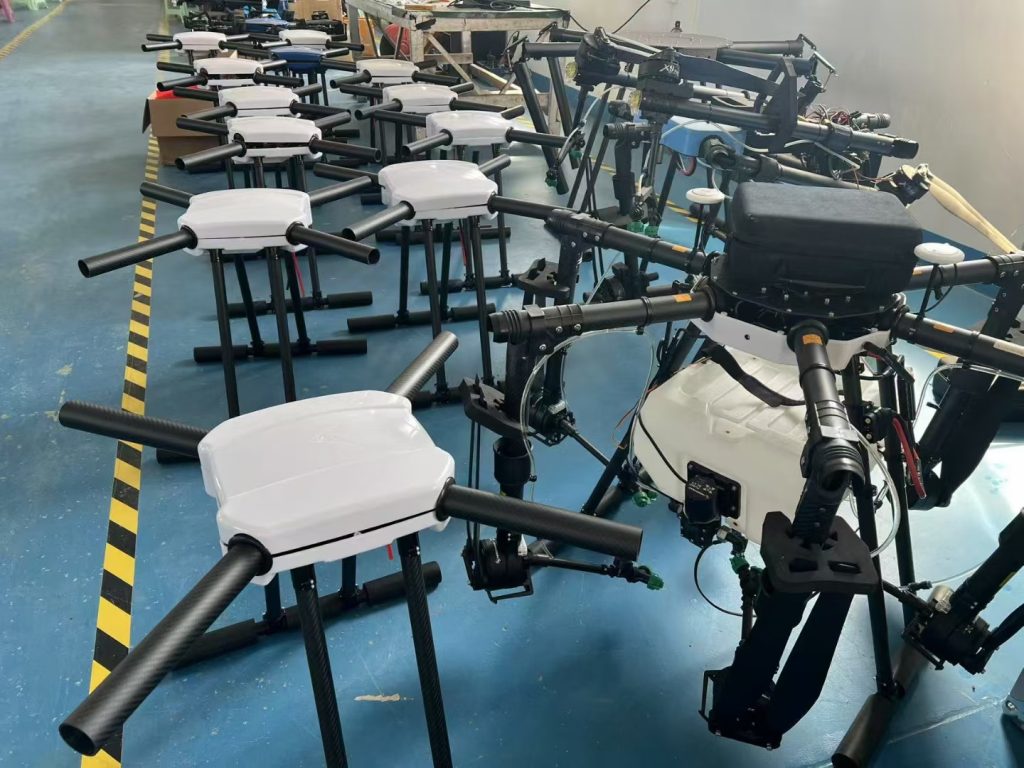
As global agriculture grapples with rising costs, labor shortages, and environmental concerns, the demand for innovative solutions has never been greater. Enter solar-powered spraying drones—a groundbreaking fusion of renewable energy and precision agriculture. These drones harness sunlight to power automated pesticide and fertilizer application, offering a sustainable alternative to traditional methods. By eliminating fossil fuel dependency and reducing chemical waste, solar-powered drones are poised to transform farming practices worldwide. This article explores their mechanics, benefits, applications, and the role they play in building eco-conscious agricultural systems.
—
1. What Are Solar-Powered Spraying Drones?
Solar-powered spraying drones are unmanned aerial vehicles (UAVs) equipped with photovoltaic panels, high-capacity batteries, and precision nozzles. Designed for energy efficiency, these drones absorb sunlight through solar cells to charge onboard batteries, which power their flight and spraying systems. Advanced models integrate AI-driven sensors to optimize chemical application rates, ensuring minimal environmental impact.
Key Features:
– Solar Panels: Lightweight, high-efficiency panels for continuous energy harvesting.
– Energy Storage: Lithium-ion or solid-state batteries for operation during low-light conditions.
– Smart Spraying: AI-guided nozzles adjust flow rates based on real-time crop data.
—
2. How Solar Power Enhances Spraying Drones
The integration of solar energy addresses critical limitations of conventional drones:
– Extended Flight Times: Solar charging extends operational hours, enabling full-day missions without refueling.
– Zero Emissions: Eliminates reliance on gasoline or diesel, reducing carbon footprints.
– Cost Efficiency: Lower fuel and maintenance costs compared to gas-powered drones.
– Grid Independence: Ideal for remote farms lacking electricity infrastructure.
For example, a solar drone in India’s rice paddies can operate continuously for 8 hours, spraying fields without disturbing wildlife or soil health.
—
3. Key Benefits of Solar-Powered Spraying Drones
a. Environmental Sustainability
– Reduced Chemical Runoff: Precision nozzles minimize overuse, protecting waterways and biodiversity.
– Renewable Energy: Solar power supports global net-zero goals, curbing greenhouse gas emissions.
b. Economic Advantages
– Lower Operational Costs: Savings on fuel and labor reduce farm expenses by up to 30%.
– Scalability: Suitable for smallholdings to large agribusinesses, democratizing access to advanced tech.
c. Enhanced Productivity
– 24/7 Operation: Cloudless days enable round-the-clock spraying, ideal for time-sensitive tasks like disease control.
– Reduced Labor: Automates repetitive tasks, freeing farmers for strategic decisions.
d. Resilience in Remote Areas
Solar drones thrive in off-grid regions, supporting food security in developing economies.
—
4. Applications Across Industries
Agriculture
– Crop Protection: Target weeds, pests, and fungal infections with pinpoint accuracy.
– Fertilizer Distribution: Optimize nutrient delivery using soil moisture data.
Forestry
– Fire Prevention: Apply fire retardants in drought-prone areas during hot seasons.
Urban Management
– Waste Site Decontamination: Spray eco-friendly disinfectants in public spaces.
Disaster Response
– Post-Flood Reclamation: Sanitize contaminated floodplains to prevent disease outbreaks.
—
5. Challenges and Solutions
Intermittent Solar Availability
Cloudy or rainy days limit energy generation.
Solution: Hybrid systems with grid or battery backups ensure uninterrupted operation.
Initial Investment Costs
High-quality solar panels and batteries increase upfront expenses.
Solution: Government subsidies and pay-as-you-go leasing models improve accessibility.
Weight and Design Constraints
Solar panels add bulk, affecting maneuverability.
Solution: Foldable, ultra-thin panels and aerodynamic designs enhance agility.
—
6. The Future of Solar-Powered Drones
Emerging innovations promise to elevate this technology:
– Perovskite Solar Cells: Higher efficiency and flexibility for lightweight drones.
– IoT Integration: Drones syncing with weather forecasts and soil sensors for proactive tasking.
– Swarm Technology: Fleets of solar drones working together to cover vast areas swiftly.
As renewable energy costs decline, solar spraying drones will become a cornerstone of climate-smart farming, particularly in regions vulnerable to droughts and water scarcity.
—
Conclusion
Solar-powered spraying drones represent a leap toward sustainable agriculture, blending renewable energy with precision engineering. By reducing costs, emissions, and chemical waste, these drones empower farmers to meet global food demand while preserving ecosystems. As technology advances, solar drones will play a pivotal role in building resilient, eco-friendly food systems. For policymakers, agribusinesses, and eco-conscious farmers, adopting solar-powered drones isn’t just an option—it’s a strategic imperative for a greener future.
Meta Description: Discover how solar-powered spraying drones are revolutionizing agriculture with eco-friendly efficiency. Explore benefits, applications, and future innovations in renewable energy drones

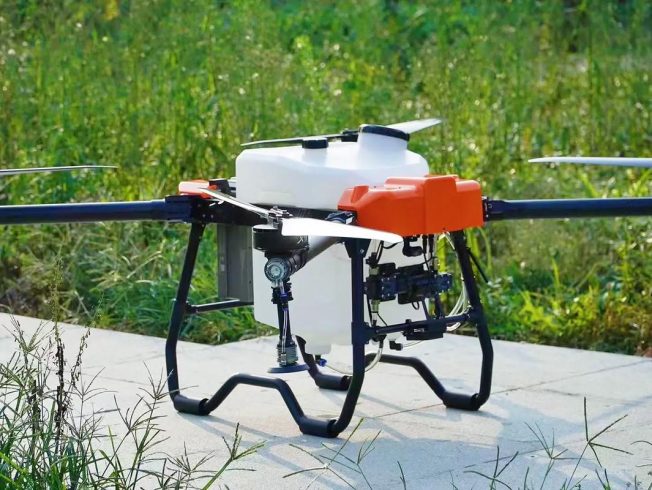
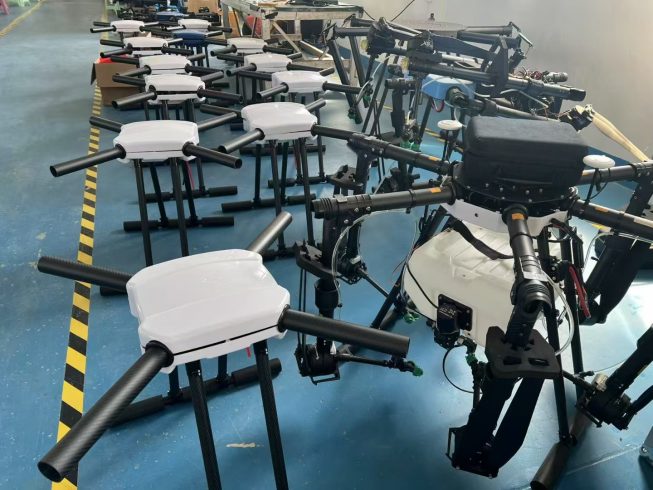
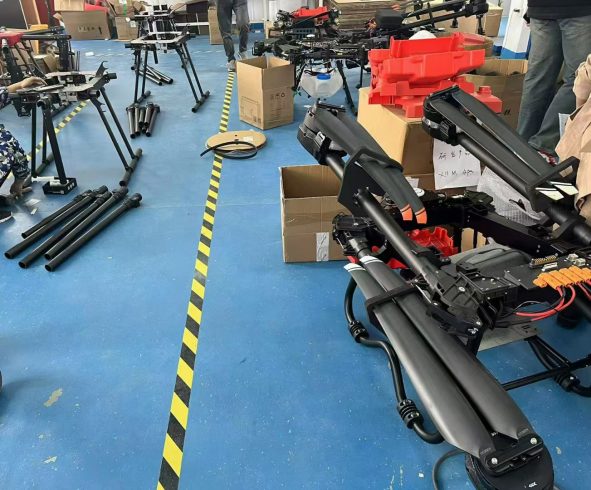
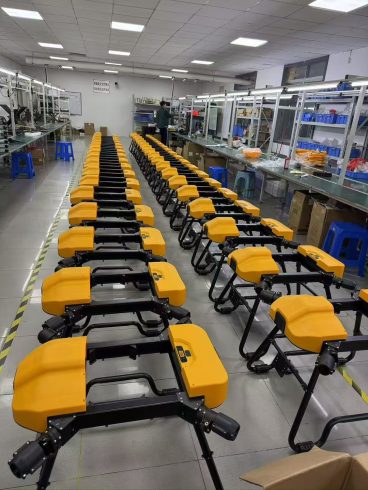

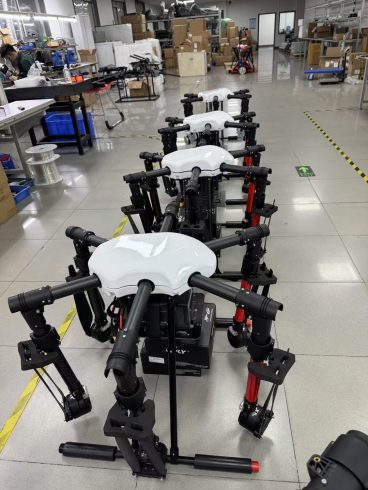
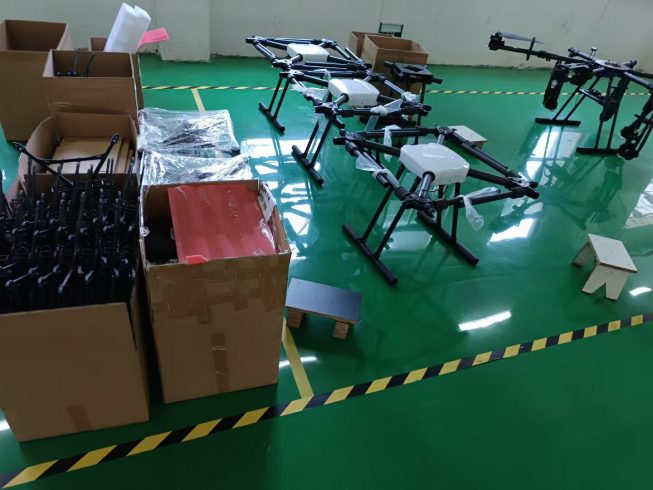

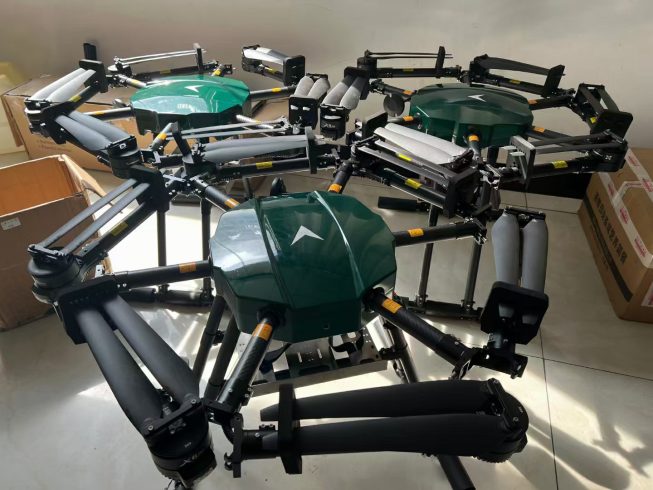
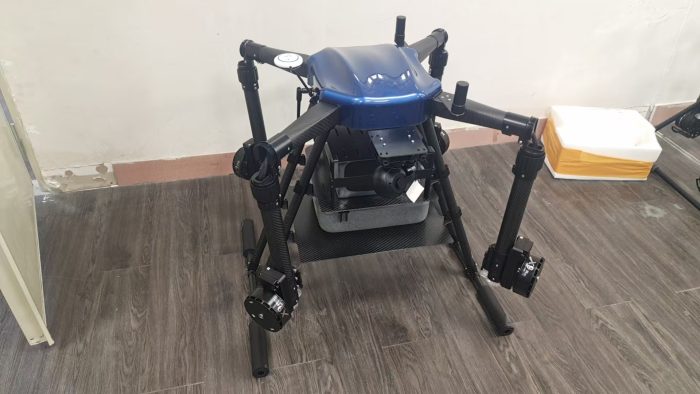

暂无评论内容